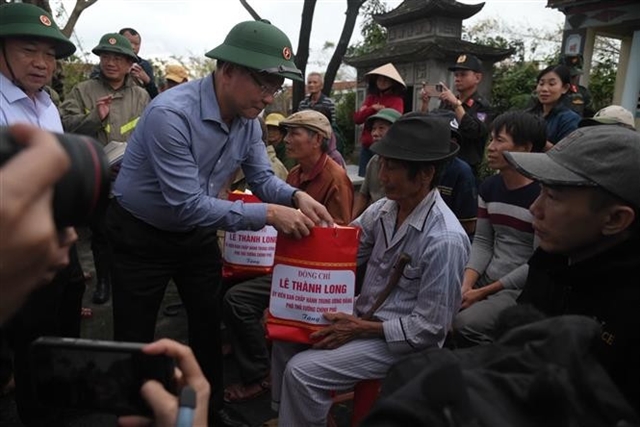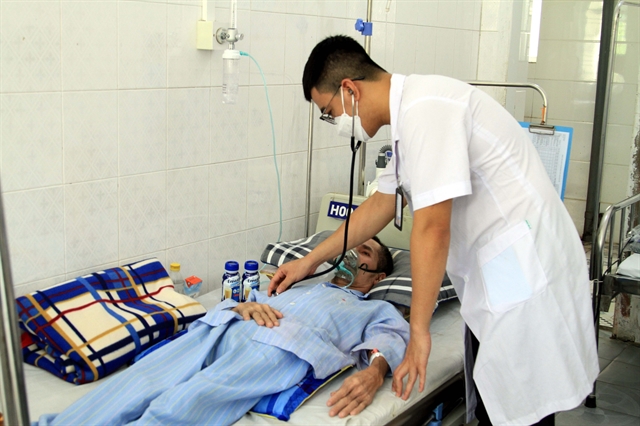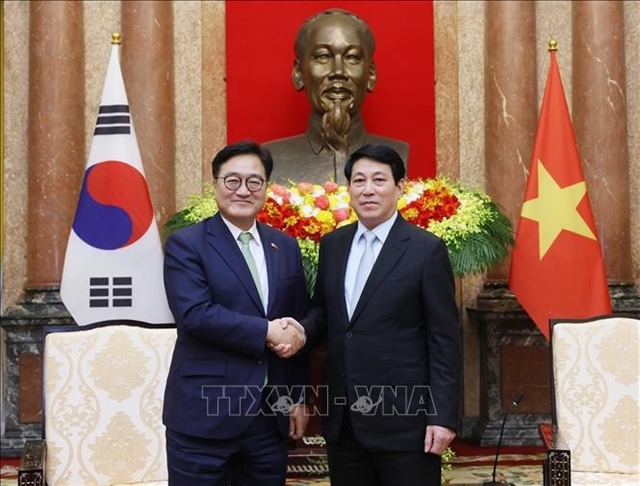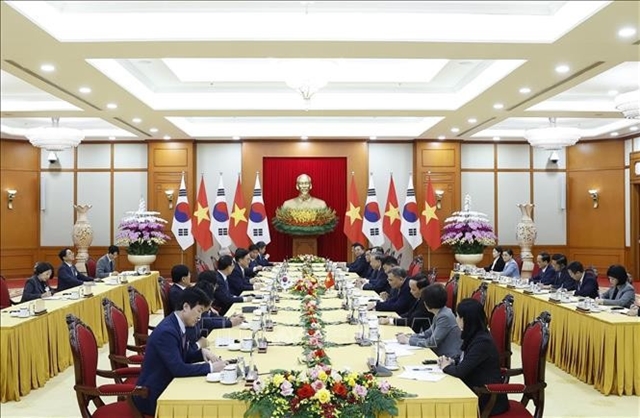 Society
Society

 |
| A patient being treated for pneumoconiosis at Nghệ An Lung Hospital after contracting the disease while working at a stone powder production facility in the province. — VNA/VNS Photo Tá Chuyên |
HÀ NỘI — Every business is obliged to conduct an environmental assessment each year according to the laws, but data shows that at least one harmful factor that violates occupational hygiene standards is present in around 32 per cent of workplaces.
This is the result of research conducted by the Việt Nam National Institute of Occupational Safety and Health (VNNIOSH - a unit under the Việt Nam General Confederation of Labour) at approximately 8,805 companies in the country.
Experts believe that sectors and authorities need to take stringent actions in occupational safety management, while businesses should transform their production model to be greener for employees’ health.
VNNIOSH director Dr Nguyễn Anh Thơ said that in the past five years, nearly 6,000 people died and 50,000 people were injured in occupational accidents, while dozens of others suffered from occupational diseases.
These figures ring the alarm bell on the current situation of labour accidents and related diseases in Việt Nam, he said.
“During our study, we also discovered a number of new factors in the workplace to which Việt Nam has not defined the exposure limits.
“This will be the basis for updating the list of permissible exposure limits regarding new harmful factors,” he added.
Thơ also noted that the number of 10,000 businesses conducting assessments on their workplace environment in 2023 was very modest compared to the dozens of thousands of manufacturing companies in the country, and to the total of 900,000 companies in operation here.
Meanwhile, many businesses do not have sufficient equipment and monitoring systems to assess and analyse environmental factors in the workplace.
“Occupational conditions, safety and hygiene have become a technical barrier in trade, as the international standards in this aspect are higher,” said Thơ.
According to the VNNIOSH director, Việt Nam’s scale of economy is expanding, and several industries are witnessing higher risks of occupational accidents and diseases such as construction, mechanics, electrical engineering, as well as forestry and fishery product harvesting, processing and manufacturing.
“This is a major social issue requiring effective solutions from the Party, National Assembly and the Government for production recovery and job creation, while also preventing occupational accidents and diseases,” said Thơ.
Đỗ Việt Đức from the Việt Nam Federation of Labour also emphasised the role of unions in mobilising resources for environmental protection and technology improvement to reduce energy loss and toxic waste.
Meanwhile, director of the communication centre at the Ministry of Natural Resources and Environment (MONRE) Vũ Minh Lý believed that workers are at the forefront of environmental protection commitments.
Therefore, rewards and recognition should be given to people who have initiatives and contributions to the cause, he said.
Business owners should pay more attention to the “green factory” model, an eco-friendly manufacturing facility that will protect both the environment and workers’ health.
According to Dr Nguyễn Đình Thọ, director of the Institute of Strategy and Policy on Natural Resources and Environment, the MONRE is also developing a set of criteria to classify “green projects”, which will be submitted to the Prime Minister for implementation.
The MONRE also recommends that the carbon market needs to be put into operation soon, alongside the classifications for “green projects” to mobilise funding from green bonds and credits.
This is expected to be a practical framework that helps businesses with their eco-friendly investment plans and practical engagement in inventory and reduction of greenhouse gases. — VNS




